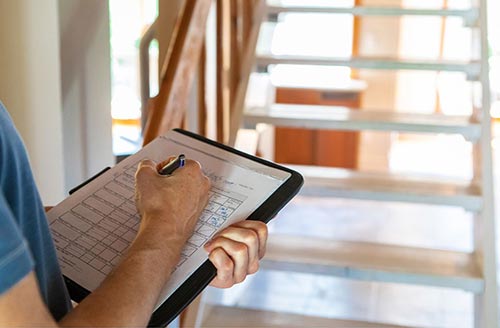BUYING A HEALTHY PLOT OF LAND: 6 TIPS
Building your own house is an exciting project that begins with the choice of the plot.
There are some basic criteria when choosing a plot, such as location, size, service infrastructures (water, electricity, gas…), transport, slope, flooding and, of course, price, but they should not be the only ones.
This post focuses on those selection criteria that can influence the health of the people who will live in the future house and that it is advisable to take into account in order to choose a healthy plot of land.
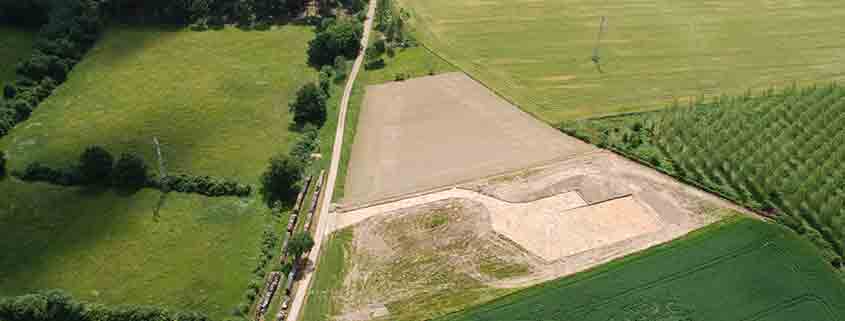
1. AIR QUALITY
Once we have located a possible site for our future house, the quality of the surrounding air will be important from the point of view that, when we ventilate, this will be the air we will breathe inside. It is recommended to visit the web portal of the competent local air quality administration to check if the environment has generally good air quality levels, or to perform an on-site analysis of its toxicity.
For example, it may happen that we want to build on a plot of land surrounded by crop fields thinking that we will breathe clean air, and in reality, we breathe air with high toxicity due to the presence of insecticides or herbicides.
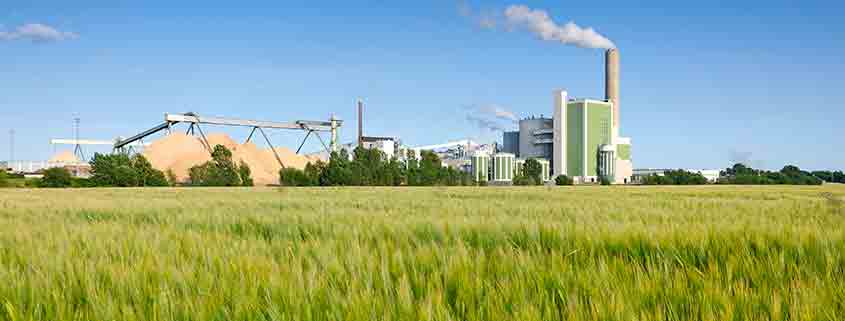
2. ELECTROMAGNETIC POLLUTION
Another factor to take into account is the electromagnetic pollution of the site. High values can cause sleep disruption, male sterility or autoimmune diseases, among other illnesses, according to published scientific studies. In this sense, it is advisable to choose sites with low values of electromagnetic radiation as a basic criterion for prevention.
The existence in the immediate surroundings of mobile telephone antennas, high and medium voltage lines and power stations may lead one to believe that electromagnetic pollution in the area is high, even higher than in large cities.
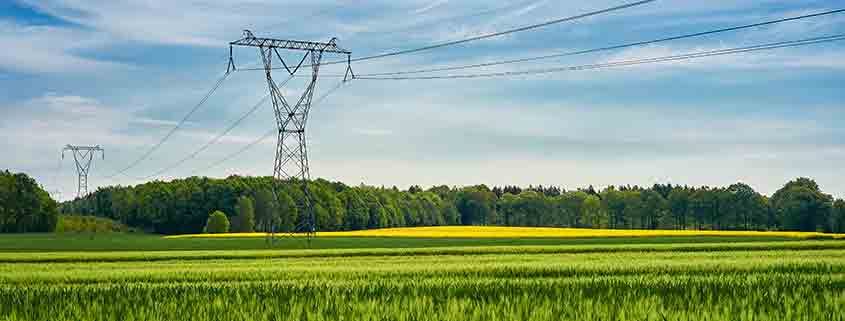
3. RADIOACTIVITY AND RADON GAS
The natural presence of granite rock on or around the site may be indicative of high exposures to natural radioactivity, as well as the existence of radon gas in the soil substrate that could then be introduced into the future home from the foundation.
On the other hand, the presence of sedimentary materials, such as limestone, is usually indicative of lower environmental radioactivity and, therefore, less health risks.
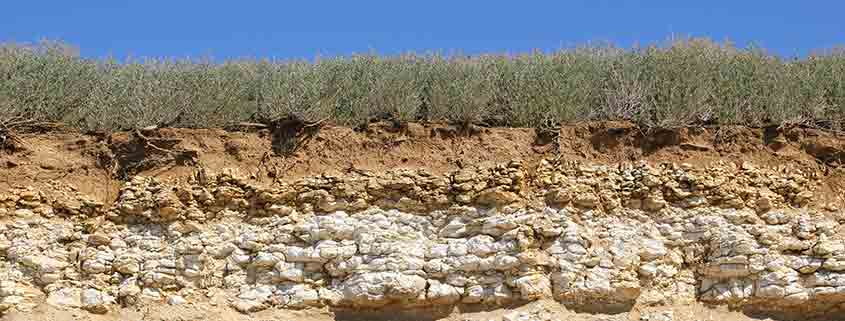
4. SOIL GEOBIOLOGY
The presence of vegetation of different colorations in plant species of the same species is often indicative of geopathic stress in the soil, such as faults or ground water, where natural radiation from the ground is concentrated.
One way to ensure that the future home is not located on top of geopathic stress is to locate it by means of technical devices, such as the magnetometer, or using more ancestral devices to search for groundwater, such as the pendulum or rods. These studies are carried out by engineers and geobiologists.
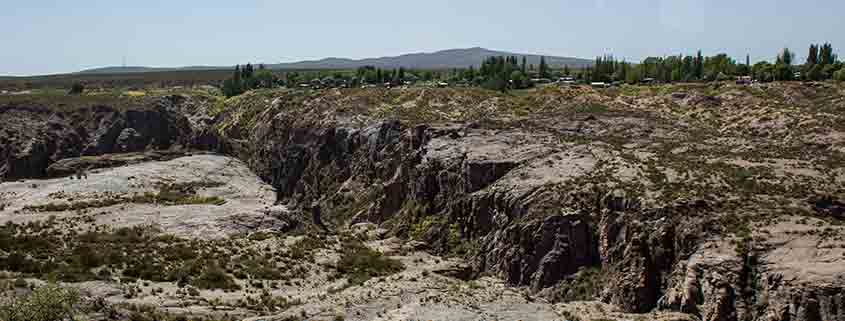
5. ORIENTATION
The orientation of the site is also an essential criterion for the health of the people who will live in the house. A permanently wet ground favors the appearance of humidity in the future house and, in turn, the development of mold and bacteria.
On the other hand, since solar radiation stimulates the brain, the hormonal system and bodily functions, a healthy site should be a sunny one.
In the northern hemisphere, a plot in a mountainous area should be south-facing, so as to ensure that the house can be designed to take advantage of the sun’s warmth. Whereas one in a warmer Mediterranean climate should avoid a westerly orientation, as this direction makes the house very hot on summer evenings.
A recommendation would be to visit the site during different times of the day in different months of the year, these visits help to see the path of the sun and determine the best orientations for the house.

6. WALKING ENVIRONMENT
The easy incorporation of exercise can reduce the incidence of cardiovascular disease and mortality.
The possibility to walk from home to school, or to have walking or cycling spaces available, makes it possible to incorporate physical exercise into the daily or at least weekend routine. Therefore, a walking environment around the grounds is also one of the factors to be taken into account for a healthy environment.

